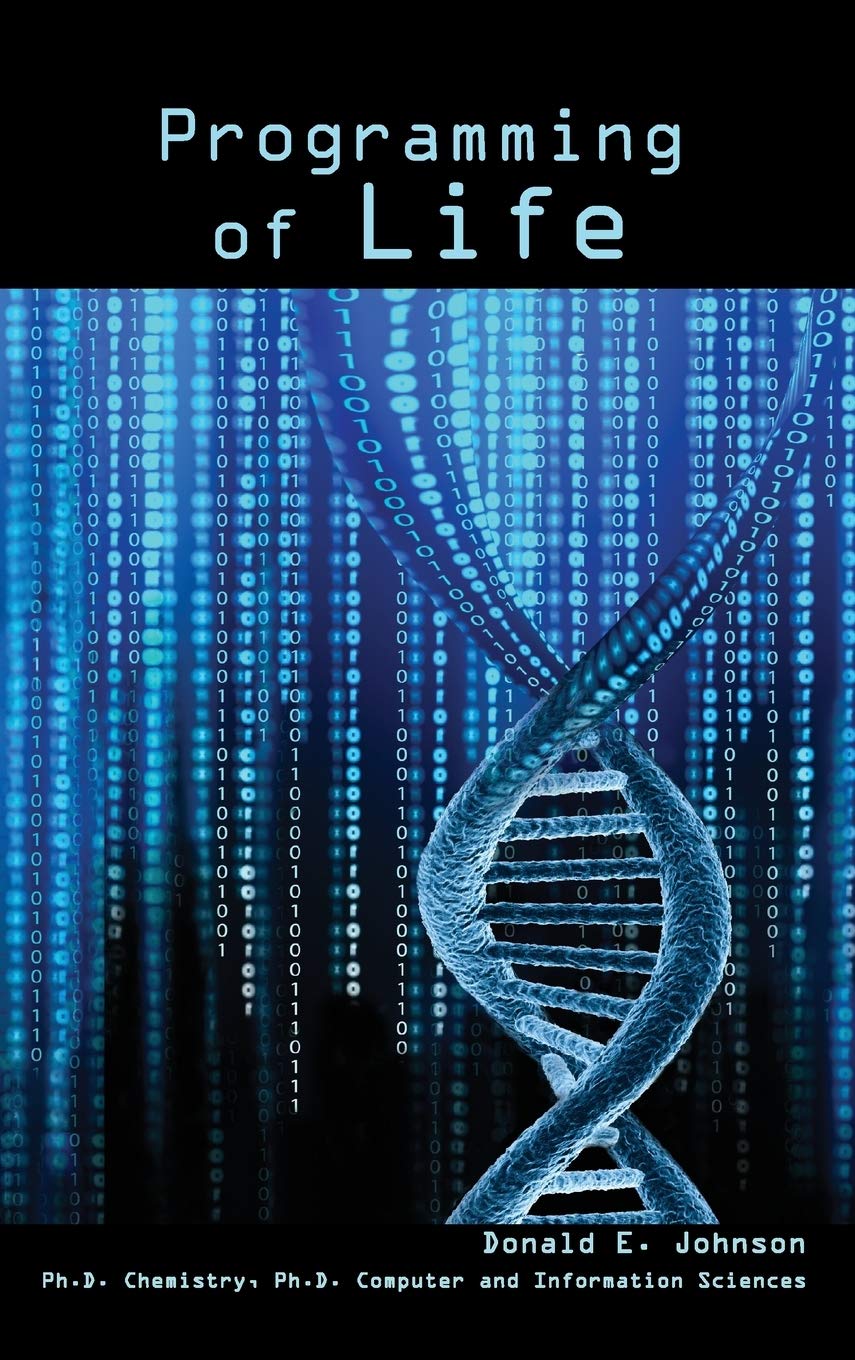Scientists are continually discovering remarkable molecular machines which work inside each living cell. One such machine involves proofreading. Anytime you or I copy a document, it is always a good idea to proofread the script. Since each cell copies or duplicates its own genetic code or DNA before cell division, the cell would be well advised to check the new strands to make sure there are no copying errors.
Not surprisingly, such repair enzymes or proteins actually exist. Many of these work by scanning long strands of DNA for one kind of error only. Since actual errors are very rare indeed, each protein must cruise along the DNA quickly, stopping only when the right kind of error is detected.
One such protein in human cells has been studied in detail. The enzyme 8-oxoguanine glycosylase or hOGG1 for short, seeks a damaged form of guanine (one of four nitrogen bases which form the DNA code). Guanine, you may have heard, always pairs with the nitrogen base cytosine. This is the base pair that hOGG1 specifically seeks. When the guanine is normal, hOGG1 continues merrily along until a guanine with an extra oxygen is detected. This slightly larger molecule is called 8-oxoguanine (oxoG) and it is bad news.
The question now is how does the hOGG1 enzyme detect a difference between good and bad guanine, and what does it do with the bad product? As the enzyme moves along the two complimentary DNA strands, it hesitates when it encounters a CG pair. The enzyme then briefly breaks the CG bond, and flips the guanine outward toward a special pocket on the hOGG1 molecule. If the nitrogen base is indeed guanine, the protein continues on its merry way and the guanine flips back in to join again with cytosine.
If however the guanine has an extra oxygen, the nitrogen base fits differently into that first enzyme pocket. The hOGG1 molecule then flips the oxoG back into a deeper pocket which then snips the nitrogen base out of the DNA chain. Soon another protein will come along to insert a normal guanine into the chain.
An extra oxygen may come to be attached to a nitrogen base as a result of free oxygen radicals (we all know they are bad) or as a result of ionizing radiation (worse still). The problem is that when DNA is being duplicated prior to cell division, the duplicating enzyme reads oxoG as a thymine (T), quite a different nitrogen base. Thymine always pairs with another nitrogen base, adenine (A). Thus as a result of an extra oxygen, one could end up with an AT pair rather than a CG pair. Such a change may not matter at all, or it could be disastrous, depending where it is along the DNA molecule. The single base error may cause a cell to insert the wrong amino acid into a protein (or it may not), depending on the position in the gene.
Some amino acid substitutions may not matter at all, but others may be significant. The sickle cell mutation, for example, results from a single nitrogen base pair substitution. This mutation results in terribly malformed red blood cells.
It is the shape of the hOGG1 protein which confers its double bene- fi ts of speed and accuracy. Apparently a mere 50,000 hOGG1 molecules are enough to review the six billion base pairs of the DNA content of a normal human cell. This is a ratio of one hOGG1 protein per 120,000 nitrogen bases. Happy scanning, hOGG1. It is obviously important that proofreading enzymes like hOGG1 carry out their very specific proofreading tasks. We should not be surprised by such impressive molecular machines, of course. We already know that all living creatures are fearfully and wonderfully made. Still it is good to remind ourselves of that fact. (see Nature 434 March 31/05 pp 569- 570 and 612-618)
Moxie
October 2005
Subscribe to Dialogue







